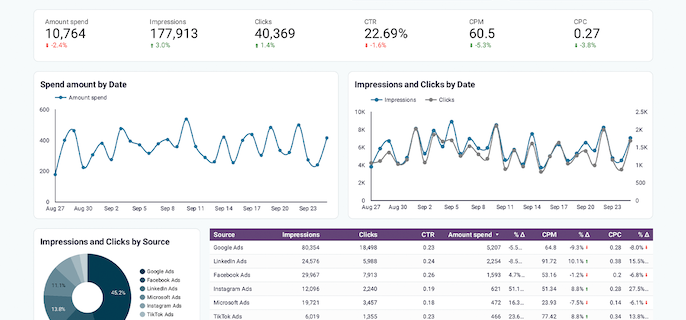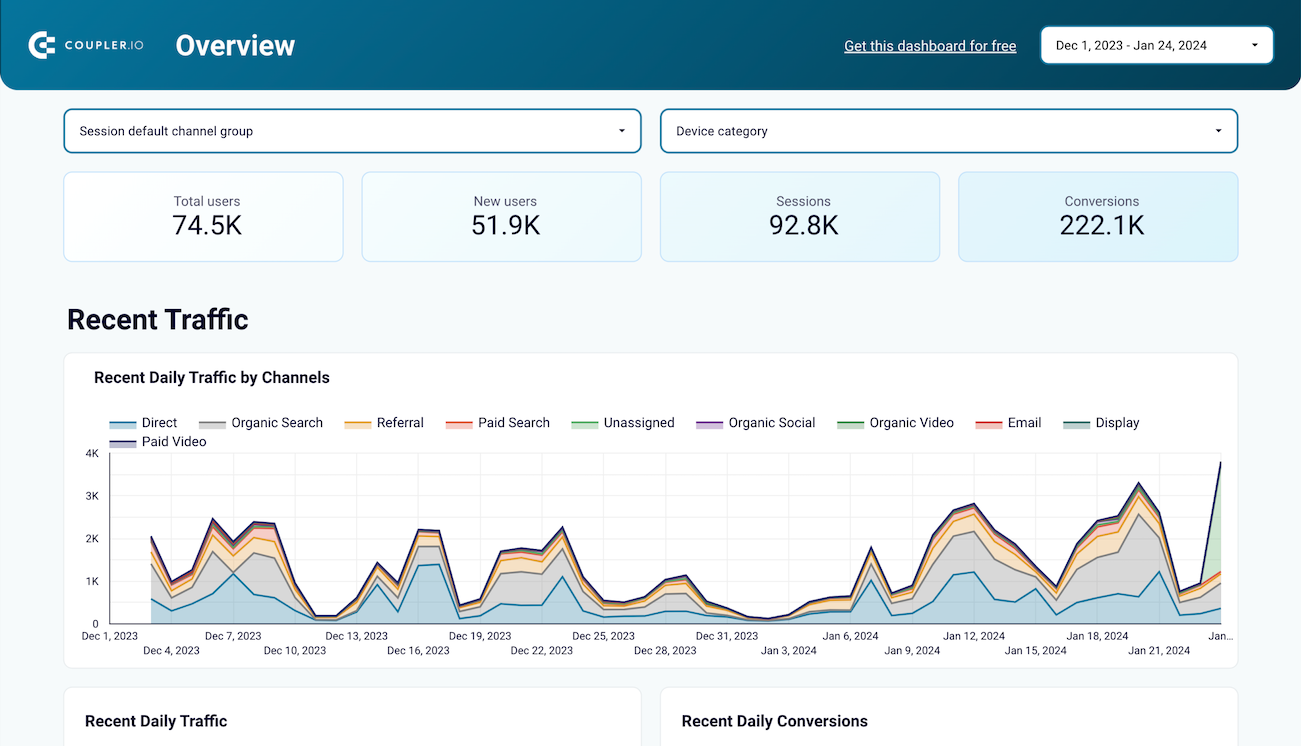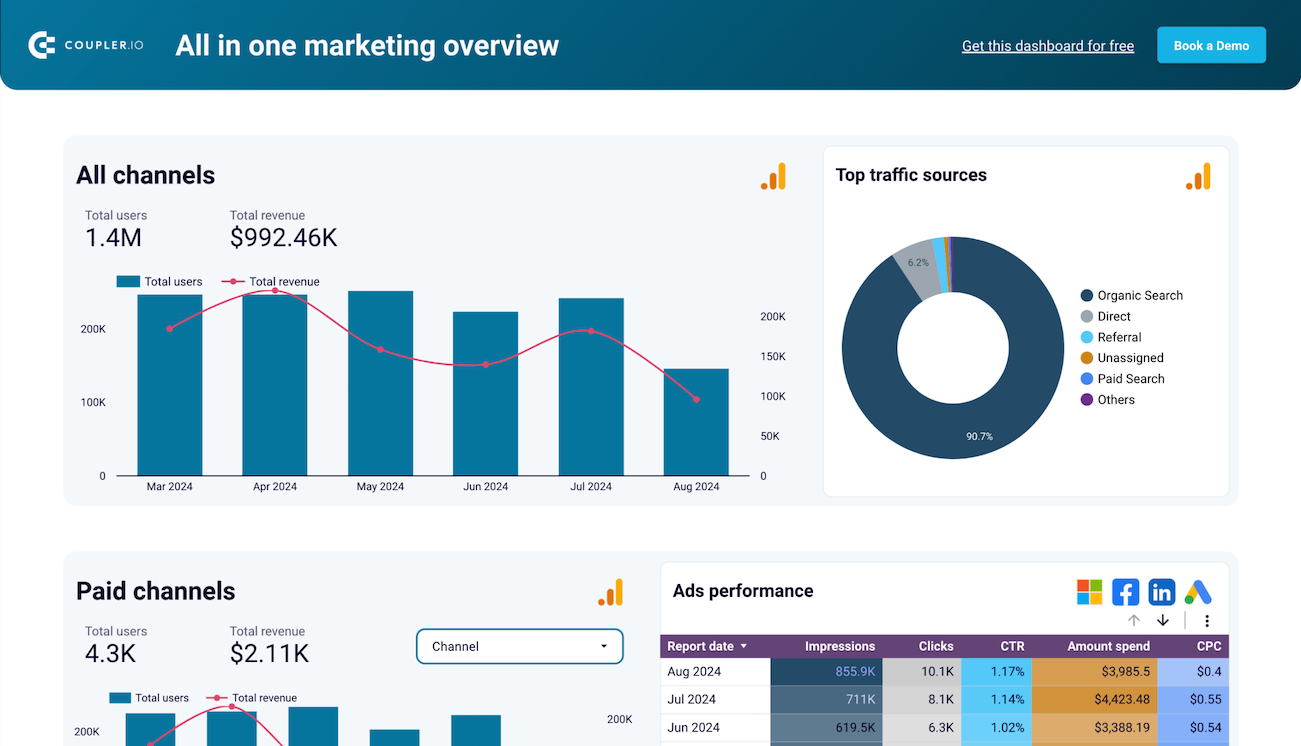What is a Net promoter score?
The Net Promoter Score (NPS) is a vital metric used to estimate customer satisfaction and loyalty. It is calculated by asking customers how likely they are to recommend your product or service on a scale from 0 to 10. Those who respond with a 9 or 10 are considered "Promoters," those with a score of 7 or 8 are "Passives," and those from 0 to 6 are "Detractors." The NPS is the percentage of Promoters minus the percentage of Detractors.
Understanding NPS provides a precise measure of customer advocacy and potential for growth. By analyzing NPS, marketers can identify the drivers of customer loyalty and areas needing improvement. Optimizing your NPS can lead to more effective marketing strategies, improved customer service, and, ultimately, a more substantial brand reputation. This makes NPS an indispensable tool in today's competitive market.
How to calculate Net promoter score?
To calculate the Net Promoter Score (NPS), subtract the percentage of Detractors (customers who rate you 0-6) from the percentage of Promoters (customers who rate you 9-10). Passives (scores 7-8) are not included in the calculation.


Our key templates to track Net promoter score

Get a comprehensive PPC reporting tool to track the performance of your campaigns launched at multiple advertising platforms.










Use the insights based on the data from GA4 to monitor your website traffic and discover which pages resonate most with your audience.




Monitor all your marketing channels with an all-in-one dashboard providing performance overviews of web analytics, ad campaigns, SEO, social media, and emails.













How to improve Net promoter score?








